Predator hunting is as old as the need to keep the fox out of the chicken coop, but more and more people are beginning to embrace their roles in stewarding natural resources by trying predator hunting. My first post in predator hunting included getting the right gear and rifle set-up for the task. Next, in this series on “Predator Hunting Part #2,” it’s time to gain understanding of predators and how to find them and stop them. Let’s talk about getting out there and reducing the predators who want your chickens, or Bambi, for their midnight snacks. Here are more considerations for you to think about before heading out.
Sponsored by Stag Arms
Predator hunting isn’t something you can just go out and do. There are seasons for all animals and you need to check your state regulations before you hunt. This is best done by researching on your state DNR website. In many places, landowners and farmers are allowed to remove predators that are killing or damaging livestock. But do your due diligence and confirm what laws regulate you and your location and what sort of nuisance animals can be eliminated and whether there are required permits, or other rules.
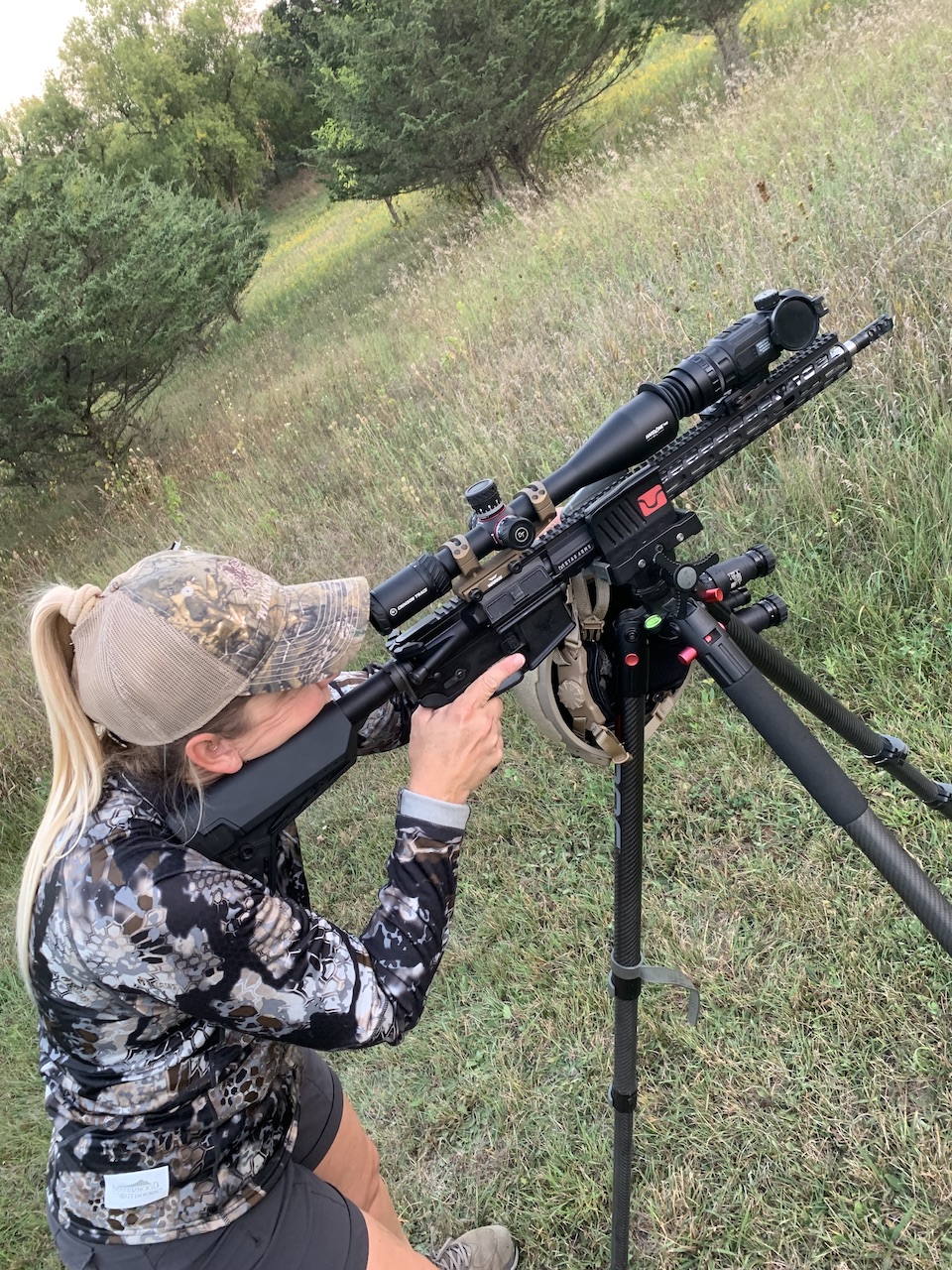
One great aspect of predator hunting is that there are some really experienced and passionate people who share their knowledge. A little reading and research will help you find many tips and useful information. Here are a few key points to keep in mind:
Plan Your Position
This means plan both where you will hunt and where your firearm will be.
Think about the wind and scent. Can you get to an elevated piece of terrain? Plan where to place your call (if that’s legal for you to use). Plan where you physically will sit, and plan where your firearm will sit. Will you use a bipod or tripod? Where do you need to be positioned? Sometimes you are required to be in something like “open field.” Always know what lies beyond any target. What time of day can you hunt?
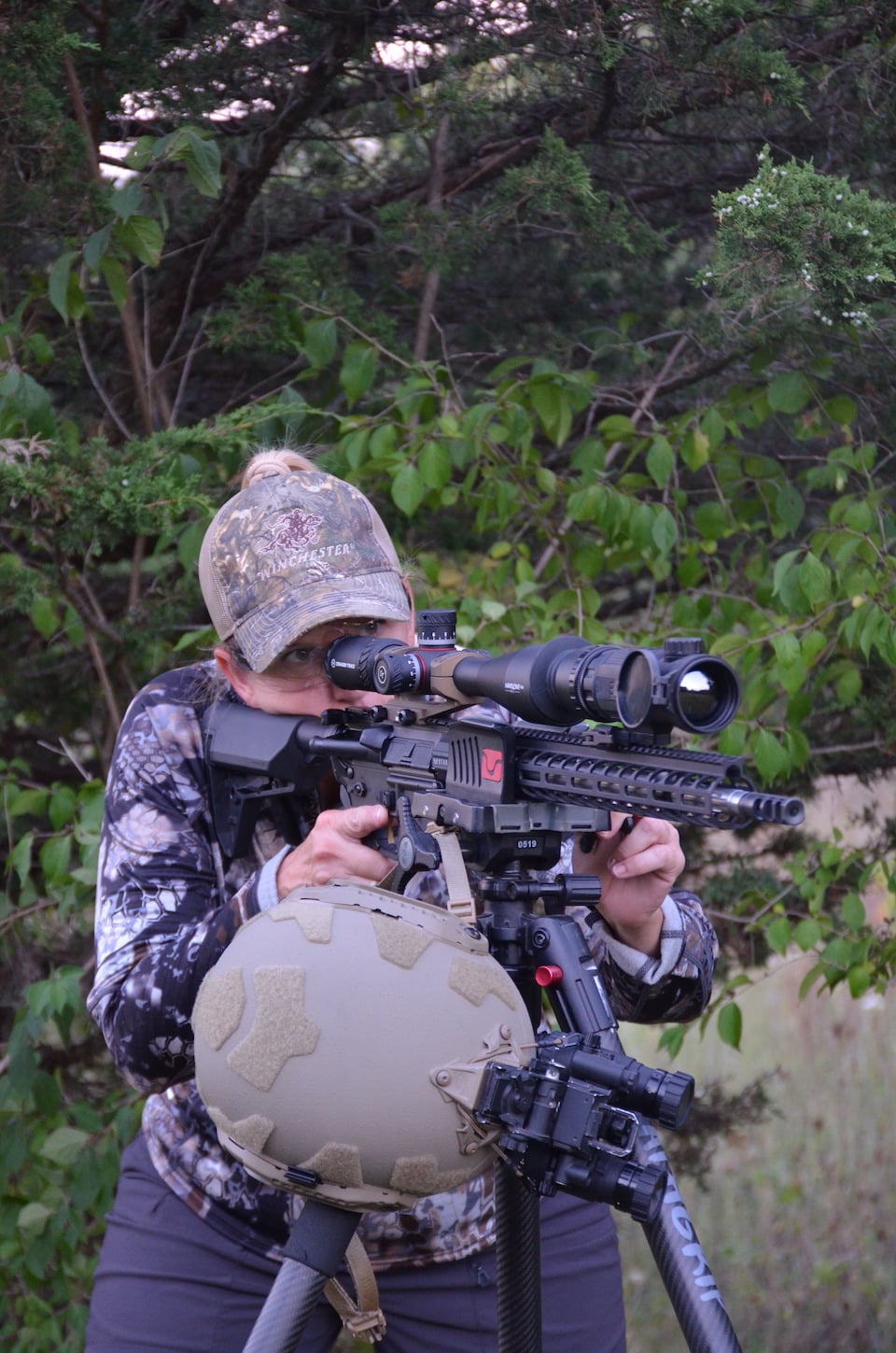
Understanding all of the small pieces of what it takes to make yourself less visible and detectable by the predators you’re hunting, while obeying regulations, will contribute to success.
If it’s reasonable, bring your equipment out and set up before it gets dark. There’s no point in scaring animals off before you even get started. Some people hang their clothes outside for a period of time to help reduce their scent. Just like hunting deer, predators can see and smell you. So take action to be less noticeable. If you plan to hunt or move to your spot in the dark, being prepped and having things in place can be less disruptive.
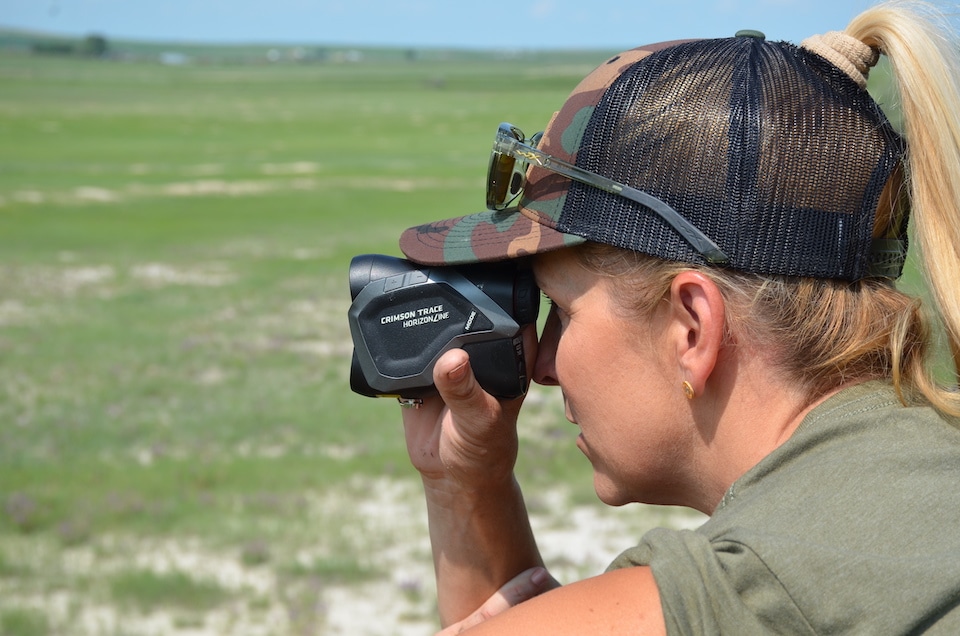
Plan Your Likely Target Ranges
If you scout a location and know where you are likely to call a predator in and shoot them, range from your position to the location you plan to shoot. Knowing where you need to place your reticle (your hold-over) for a particular distance and how your ammo performs at the specific distance is another step toward success. This is accomplished by getting good data on your ammunition and how fast the bullet is moving, using a chronograph. A good rangefinder to make sure of your distances and a simple ballistics calculator, coupled with your chronograph data, can make the hunt more enjoyable and productive.

Check the Weather
Weather fronts moving in or out often trigger predators moving. Just like deer will feed before a big storm, the predators hunting them will feed as well. Research the area that you are hunting and find out if people are more successful with predators at night or just after daylight.
Learn to Call (or Purchase an Electronic Call)
There’s a lot of information available on how to call coyotes with mouth calls or electronic calls, but there are other predators out there. Maybe your chickens are being stalked by raccoons. If so, you’ll need to learn about what sounds can attract the specific predators that you are after. Also, make sure you check your state’s wildlife regulations in regard to using electronic calls.
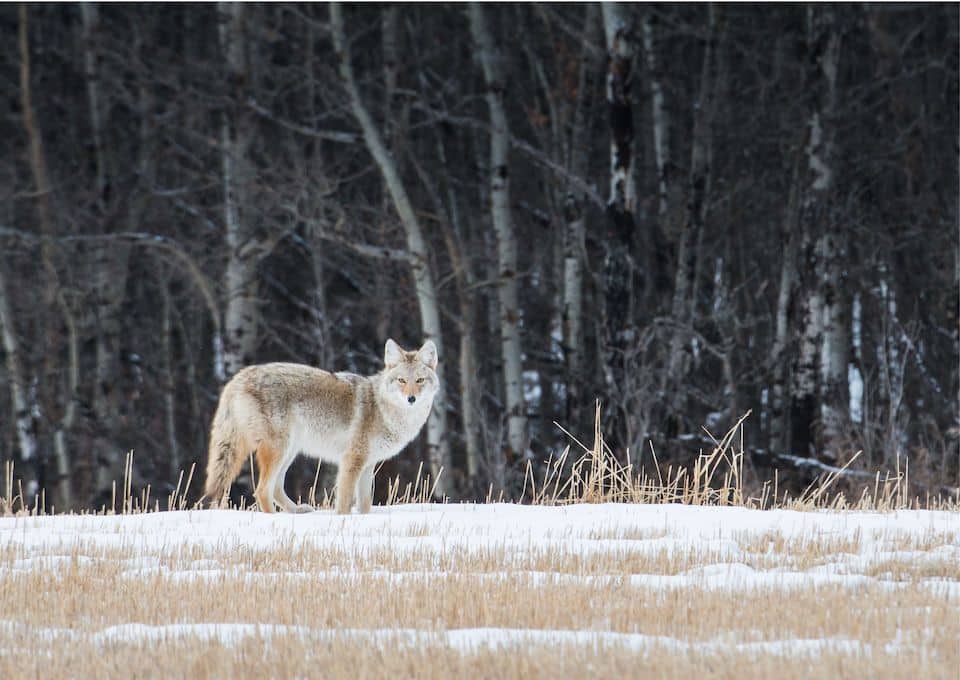
Understand the Wind
Coyotes will circle to position themselves downwind from the call to investigate. You need to know this fact, and apply it. But, other predators can smell you too. So, knowing where you are in relation to the wind and where you place your call is important.
Consider Getting Night/Thermal Vision
If you have the means to get some thermal or night vision, or hunt with someone who owns these tools, it’s a lot of fun, but it’s costly. It can make the entire experience a lot more enjoyable. There is nothing quite like walking around in the still of the night with a set of white phosphorus, dual tubes, but this is not a necessity.
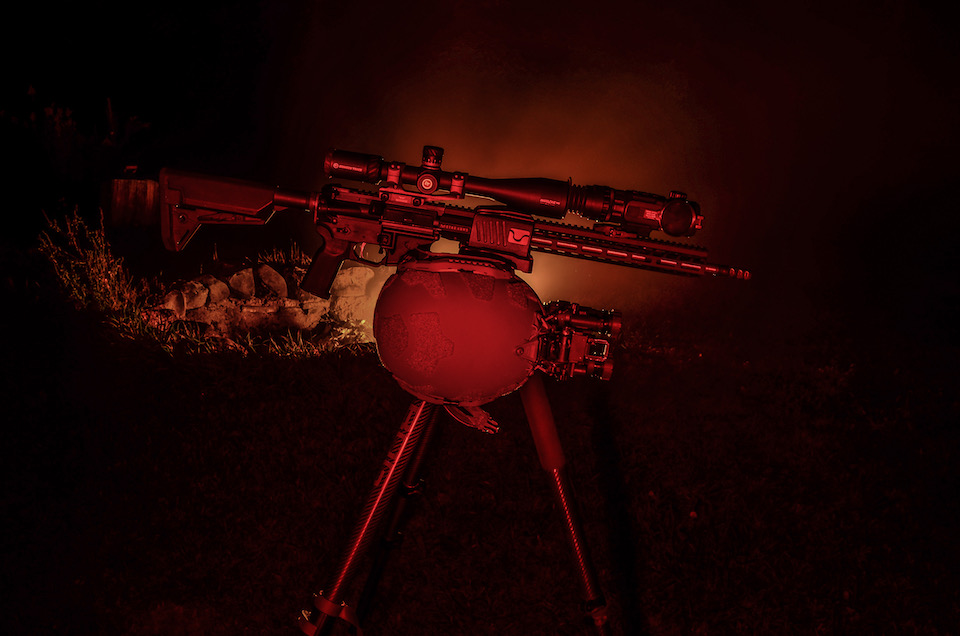
Without a means to see what you are shooting at, remember that you can’t just aim for the eyes you see in the dark. Ensure that you know what your target is and what’s beyond it! You don’t want to shoot the neighbor’s cat because you don’t have enough light to clearly understand what animal is in front of you. Your best option, without night vision or thermal, might just be to get up well before daylight and get to your spot and start calling just before light, using some of the ambient light at dawn to discern your targets. Again, you need to adhere to your state’s wildlife regulations here, as some states do not allow these types of attachments on firearms or bows.
Closing in on Your Goals
As you test out the realm of predator hunting, remember that you don’t need to have fancy gear to simply protect your flock or small herd. Plenty of racoons have been stopped from feasting on chickens by Grandma with a shotgun and a flashlight! Just know the regulations, know your target and beyond, and follow the rules of firearm and hunting safety.
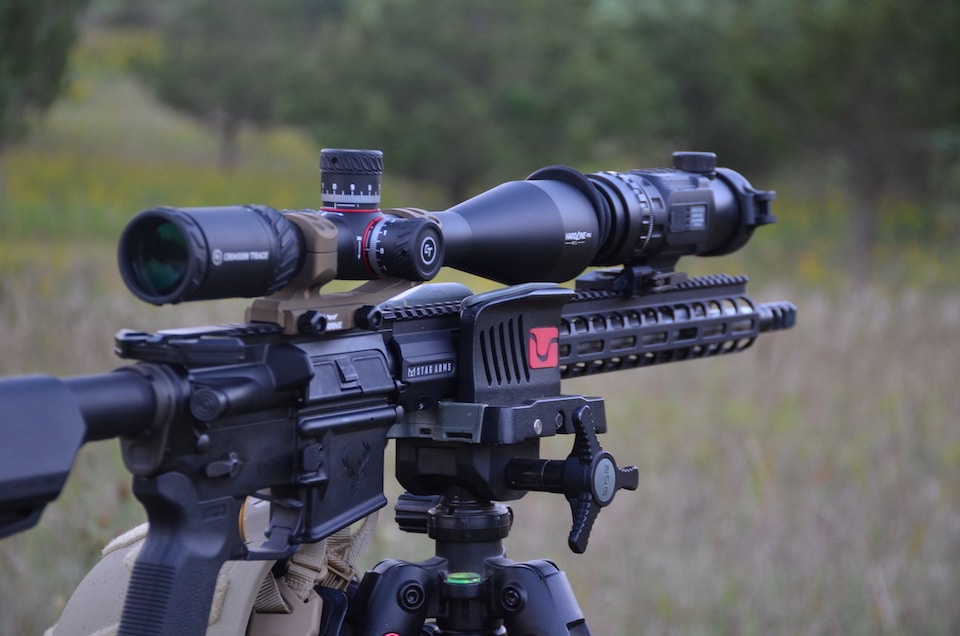
If you’re looking for a great predator gun that you and your family can use, check out the line of rifles from Stag Arms. Note: Stag Arms also offers a page titled “State Compliant Firearms,” just in case you’re wondering if you can buy a certain type.
Becky Yackley primarily competes in 3 Gun, USPSA, Bianchi pistol, but has competed in shooting since 1989 in disciplines from service-rifle, to NCAA Air Rifle and Smallbore, air pistol and a little bit of long range rifle. She shoots guns and cameras at competitions around the country, and writes in her fictional spare time. View all posts by Becky Yackley